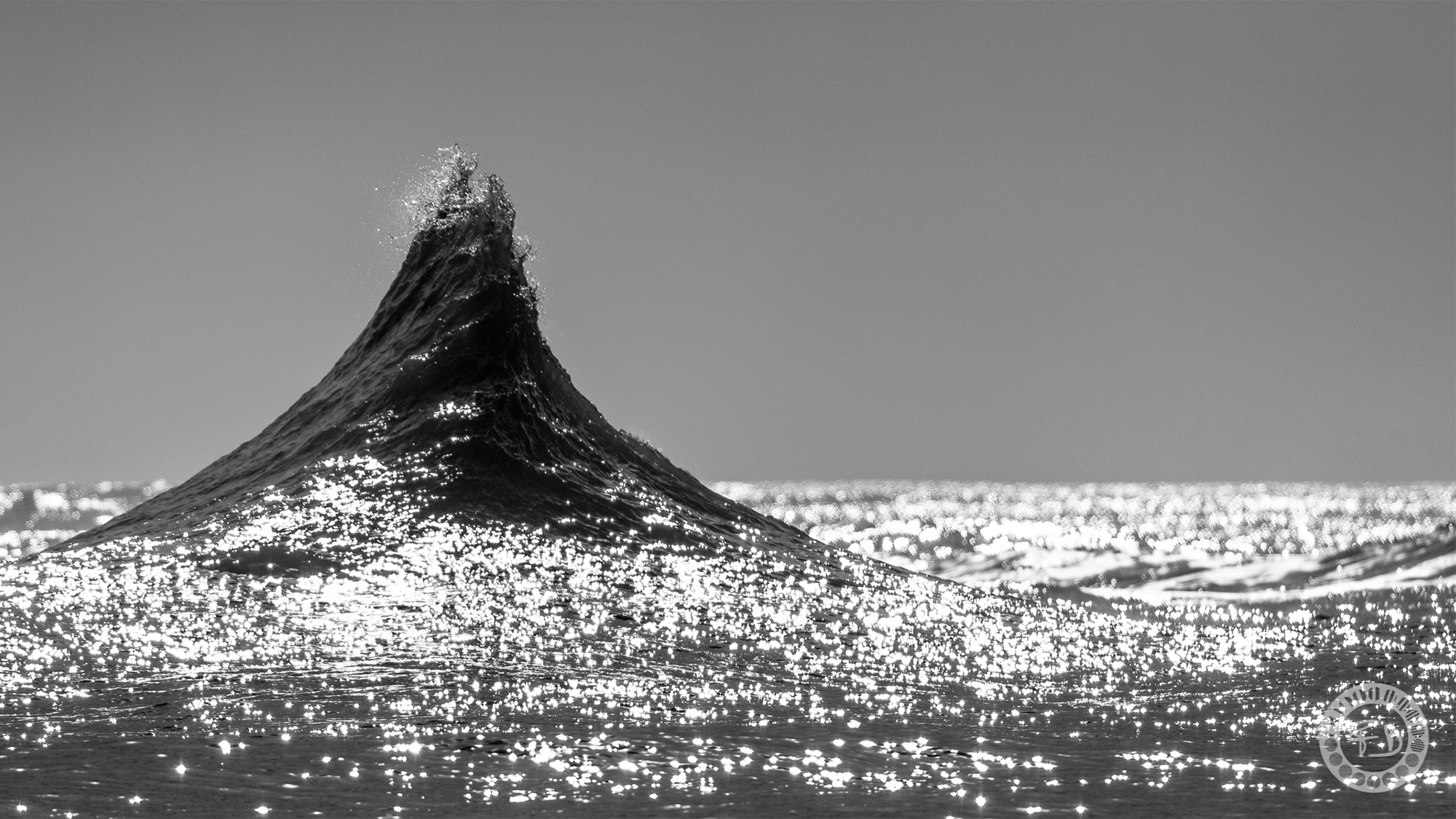

There is more to the ocean’s waves than just rolling and breaking. Most waves are not unidirectional; they’re not just moving across a two-dimensional plane, as described in many current models. Scientists studying the waves’ three-dimensional properties have observed that waves moving in more than one direction at once can grow twice as steep before they break and even reach heights that are four times steeper than previously believed. These waves even continue to get steeper after breaking, when waves usually tend to dissipate. The findings are described in a study published September 18 in the journal Nature.
Cross seas
Our understanding of how waves break has primarily been models of unidirectional waves. They roll outwards, form a crest, and then break. However, ocean waves can actually travel in many directions and they can rarely fit into this simplified two-dimensional model.
[Related: Huge 60-foot-tall buoy uses ocean waves to create clean energy.]
“Whether we want it or not, water waves are more often three-dimensional than two-dimensional in the real world,” Frederic Dias, a study co-author and mathematician from University College Dublin and ENS Paris-Saclay, said in a statement. “In 3D, there are more ways in which waves can break.”
3D ocean waves have more complex movements. They form when waves are all coming in from different directions and shoot vertically instead of solely horizontal and then cresting. The most extreme kind of 3D waves are generated when wave systems are “crossing.” These “cross seas” occur when wave systems meet one another or when winds suddenly change direction, such as in a hurricane.
“Once a conventional wave breaks, it forms a white cap, and there is no way back,” Ton van den Bremer, a study co-author and engineer at TU Delft in the Netherlands, said in a statement. “But when a wave with a high directional spreading breaks, it can keep growing.”

Into the tank
The study was conducted at the FloWave Ocean Energy Research Facility at the University of Edinburgh. The indoor tank simulated circular multidirectional waves and currents that the team then measured and their models accounted for a third dimension.
“We show that in these directional conditions, waves can far exceed the commonly assumed upper limit before they break,” study co-author and University of Manchester ocean engineer Sam Draycott said in a statement. “Unlike unidirectional (2D) waves, multidirectional waves can become twice as large before they break.”

This study also builds on a 2018 study that used the tank to recreate the infamous Draupner freak wave for the first time. On January 1, 1995 a laser at the North Sea Draupner gas platform about 100 miles off the coast of Norway measured a rogue wave 83 feet high. It is still among the largest of freak waves ever detected.
Forecasting, building, and carbon dioxide
According to the team, a better understanding of 3D waves could have implications in several areas. It could improve weather forecasting for vessels, help build new climate models, and inform offshore structure design. Currently, design and safety features of marine structures are based on a 2D standard wave model. These findings could help companies review their structures to account for more complicated and extreme behaviors of 3D waves.
[Related: Ocean warming is making waves stronger—and that’s a problem.]
“The three-dimensionality of waves is often overlooked in the design of offshore wind turbines and other marine structures in general, our findings suggest that this could lead to underestimation of extreme wave heights and potentially designs that are less reliable,” study co-author and University of Oxford mechanical engineer Mark McAllister said in a statement.
It could also help us understand some of the key ocean processes that influence our planet’s health.
“Wave breaking plays a pivotal role in air-sea exchange including the absorption of C02, whilst also affecting the transport of particulate matter in the oceans including phytoplankton and microplastics,” said Draycott.
